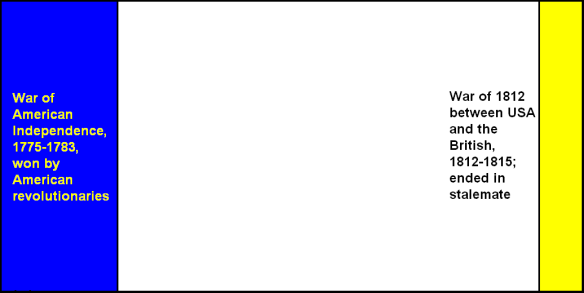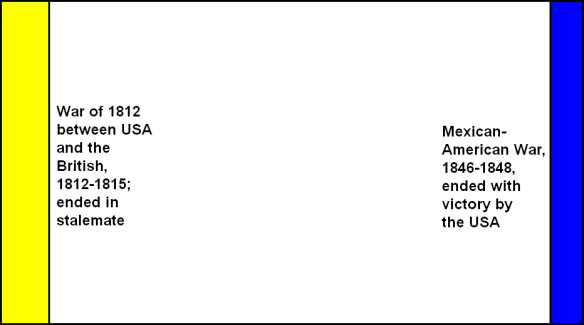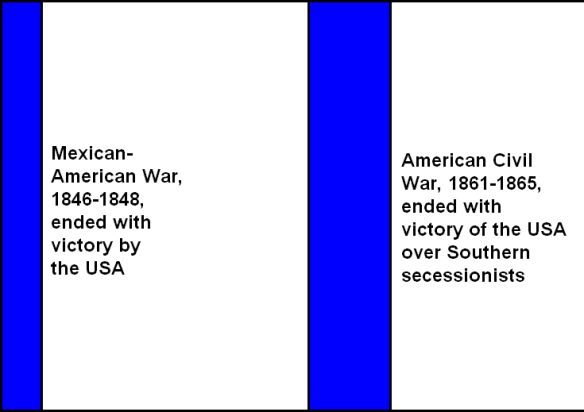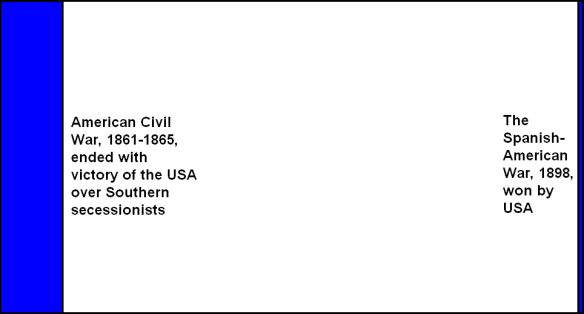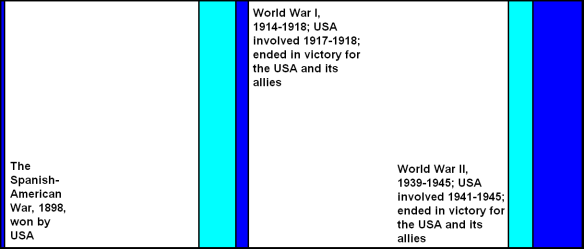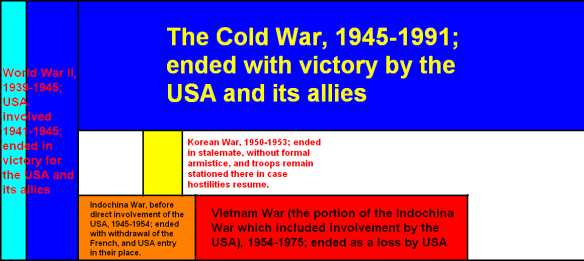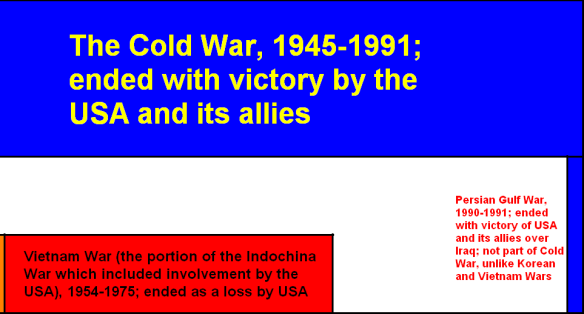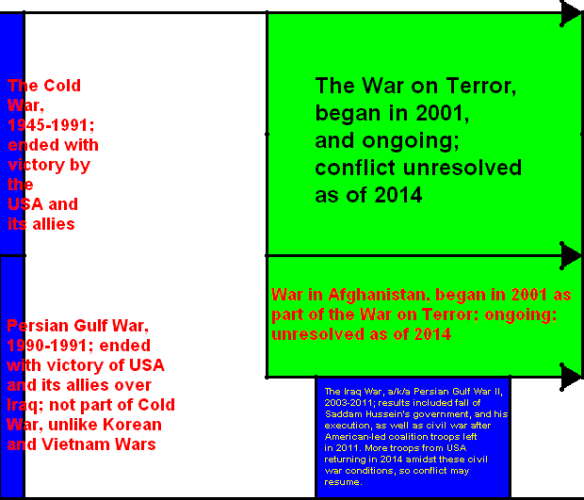
Detective Bruce Kelley put out his cigarette, took a sip of his nasty-tasting, long-cold coffee, made a face of disgust, swallowed the sip of old coffee anyway, and took his time lighting a second cigarette, carefully watching the suspect every moment, as he did each of these things, without saying a word. After taking a long drag from his latest cigarette, he broke the silence. “Murdock. Mr. Peter Murdock. The crimes in which you are the prime suspect are serious, but I don’t think you’re taking this investigation seriously — at all — and I want to know why.”
“Detective, I haven’t committed any crimes. I have only been accused of killing two people, whose names I don’t even know, but as I have told you, repeatedly, I’ve never killed anyone, and never would. I’m not that kind of person.”
Kelley snorted. “Let’s talk about something else, then. Do you enjoy reading comic books, Mr. Murdock?”
“As a matter of fact, I do. Why do you ask?”
“I used to read them myself, when I was a kid. Spider-Man was my favorite, but I also liked Daredevil. And, I gotta tell you, of all the fake names I’ve ever been given by people with obviously fake IDs, ‘Peter Murdock’ has got to be the most pathetic fake name I’ve ever seen or heard . . . but maybe that’s just because we’ve both read a lot of Daredevil and Spider-Man comic books. So, here’s my next question: what’s your real name?”
“What? I don’t understand. Are you sure that isn’t my name? Hold on a second — I’ll consult my homunculus.”
“Your what?”
“You know — the little guy inside your head. The one who sees through your eyes. The dude behind the steering wheel, and at the control panel. You know, the one who decides what you do. Don’t you ever talk to yours? I wouldn’t know what to do with my life without the help of my homunculus.” He then gave the detective a huge, childlike smile.

A Man, and His Homunculus
The detective said nothing, and was still processing these words when the suspect spoke again, roughly a full minute later. “My apologies, detective. My homunculus was apparently playing tricks on us both, but I don’t know why. He now tells me my real name is Reed Stark.”
Detective Kelley put his unfinished cigarette out, right into the cup of swill which, two hours ago, had been half-way decent coffee. The cigarette hissed, as the lit end hit the liquid. “Reed . . . Stark. Of course he did. Are you quite sure about that name, though? Why not ask him if he meant to say ‘Tony Richards,’ instead? I thought we had already established that we’ve read the same &%$#ing comic books, you lunatic!”
“No, he says he’s sure it’s Reed Stark. Absolutely certain. If you can’t trust your own homunculus, detective, well, then, whom can you trust?”
“Well, ‘Mr. X,’ you’ve already been thoroughly searched, so there’s no point in asking for ID that says your name is Reed Stark. Look, Mr. Stark, Murdock, Richards, Stan Lee, or whatever your name is, I think we’re done here — at least for now.”
The detective picked up the handset-part of the old-style, land-line phone on the desk between them, in this small room which was so barren that the suspect had, until the detective picked up part of it, and talked into it, thought of this shiny black telephone as the room’s sole piece of ornamentation. Speaking into the phone, Kelley said, “Yeah, have the guard take Mr. ‘Murdock,’ here, back to his cell. We’re not getting anywhere with this, and there’s no point in my wasting any more of my time questioning him.”
“Um, detective, that’s not ‘Murdock.’ I told you, my name is Stark. Reed Stark. I don’t know why my homunculus –”
“Shut up. Just — just shut up.”
The suspect did not argue, and the guard arrived quickly, removed the restraints holding the suspect to his chair, but did not take off his handcuffs. As the guard left with the suspect, Kelley spoke once more. “Guard — don’t take him back to the same cell. Put this man in isolation.”
“Yes, sir.” They left. The door closed behind them. Detective Kelley picked up the phone again.
“This is about the murder suspect with the obviously-fake ID — the one who claimed his name was Peter Murdock, and had poor-quality fake ID to match. Change the name on his intake records to ‘John Doe.’ Run his fingerprints again, just in case the system missed a match last time. Also, get in touch with the psychiatric unit at the state hospital. Tell them we’ve got a dangerous head case coming their way, and to be ready to receive him — and warn them that he is the prime suspect in a double homicide — which he claims not to remember . . . . What was that? Yes, actually, I do believe him — the part about him not remembering killing those two men in that blind alley, anyway — that much I believe. This guy thinks there’s a little man in his head who tells him what to do — a ‘homunculus,’ he called it. I’m about to go google that word right now. No, I’ve never heard that term, but I know a psych case when I see one, and this guy’s definitely nuts.”
Once locked in his isolation-chamber, the suspect asked his homunculus what to do next, but heard no answer — so, instead of just asking silently, he asked again, aloud. To that, he heard a response, sort of: snoring. His homunculus was, apparently, asleep.
“I guess I’m supposed to sleep, too, then,” he said aloud, to no one in particular, and with that, he stretched out flat, right on the floor (ignoring the small, hard bed which was attached to the far wall), and instantly fell asleep.
Soon, the suspect was dreaming. He heard the voice of his homunculus, and it sounded oddly, subtly different than normal — and familiar, also. He finally recognized it, for he had heard it in multiple superhero movies: it was the voice of Stan Lee.
Trans-dimensional portal now open for transfer of both powers and equipment. Begin transfer immediately. Matt Murdock, code-named “Daredevil,” with two billy clubs — complete. Peter Parker, code-named “Spider-Man,” with web-shooters, and extra cartridges of web-fluid — complete. Reed Richards, code-named “Mr. Fantastic,” with unstable molecules for uniform-purposes — complete. Tony Stark, code-named “Iron Man,” with latest version of Extremis-augmented, body-integrated bio-armor — complete. Files containing knowledge regarding the use of new abilities, and equipment, now being transferred through trans-dimensional portal — complete. Begin extraction and installation of all files . . . wait . . . processing . . . processing . . . complete. Peter Reed Murdock Stark, it’s time to wake up now. You have important work to do.
The suspect woke up. He spent a few minutes using his newly-enhanced hearing to listen to conversations going on in every room in the building, until he was certain no one was nearby, except for those locked behind bars. He smelled for the distinctive smells of gun oil, ammunition, and gunpowder — and again, found none that were too close. His homunculus then told him, silently “This may seem a little strange, at least the first time,” and then flipped the newly-installed ‘armor’ switch, at which point the suspect saw his body and jail-inmate-uniform quickly covered with red-and-gold armor familiar to many fans of comic books, around the globe, although those same fans would have found the presence of billy clubs and web-shooters unusual, attached to Iron Man armor. “The unstable molecules will let the armor stretch with the rest of your body, so don’t bend the bars to escape — just stretch between them, instead, for that will make much less noise.”
As always, he did as he was told by his homunculus, without question, nor hesitation. His armored and elastic form slipped through the bars easily. Once out, though, his amplified hearing and enhanced sense of smell warned him that someone, probably a guard, was approaching. Spider-sense then confirmed imminent danger, so he jumped to the high ceiling — and stuck there. He held his breath as the guard strolled casually down the corridor. The guard was nearing the end of his shift, and was sleepy — but he would have noticed bent or broken bars to a cell. Due to his fatigue, however, he did not notice that the number of empty cells in this particular corridor was one more than it should have been — and he had no reason to look up.
Once this guard exited the far side of the corridor, the escaped prisoner crawled along the ceiling, and then noticed a ventilation shaft. It was covered by a metal grille, but the elastic powers of Reed Richards nullified that obstacle, as he simply oozed through the small holes in the grille, web-shooters and all — thanks to those unstable molecules from which the Fantastic Four’s uniforms are made. Within seconds, he was completely inside the ventilation shaft.
From inside his head, he heard the next instructions from his homunculus: “Head for the roof.” He did so, soon finding his way completely out of the ventilation system, and on the roof of a police station, in a small city in a world without superheroes. On this particular Earth, superheroes existed only as copyrighted characters in comic books, movies, television shows, and the like.
He spoke quietly: “Homunculus? What should I do now?”
“You need do nothing but accept our gratitude. Your mission is now complete.” The homunculus flipped the armor-switch back to the ‘off’ position, and the red-and-gold armor retreated from view. He then flipped another switch, and the escaped murder-suspect fell to the ground, able to see and hear, but unable to move. He heard four separate voices in his head say, “Thank you,” one after another. During his escape, the homunculus had reproduced by fission, splitting in half once, then each half splitting into two parts again — a new means of reproduction their species’ scientists had only just developed, and was only being used by experimental prototypes, such as these four particular homunculi.
A pair of small, green-skinned homunculi then crawled out of each of the murder-suspect’s ears, causing red blood to pool under his head, on the roof. “Ugh, human blood is so nasty,” one of them said. “Red is such a sickening color for blood!”
“Get used to it,” said another, “for I’m sure we will be seeing a lot more of it in the next few weeks.”
“Weeks? More like just a few days,” said a third of the green-skinned quartet. “In this universe our scientists recently discovered, no super-powered humans exist at all, except in what the humans call ‘fiction’ — stories about things which never actually happened, at least not here. The problems we have repeatedly encountered with these super-powered humans, every time we try to take over the Earth, will not exist here, with this Earth, at all. No one here will have the power to oppose us!”
The green homunculi were now marching, in a triumphant circle, around the paralyzed human. Although he could not move, their walking finally brought one of their faces into plain view, so he could see the strangely-shaped, green chin of his homunculus — and then he knew his planet was as doomed as he was, as he slowly bled out, unseen by any other human, on the rooftop of a police-headquarters building.

A Skrull. Four tiny Skrulls, in fact. They didn’t even see the need to kill him before they activated tiny versions of Iron Man’s armor, and flew off, in four different directions . . . each to become someone else’s new homunculus, no doubt.
His last thought was relief, for he was blacking out, and knew he would not personally have to witness the destruction of his world’s civilization, and the enslavement of its people . . . but he saw no way either one could be avoided. Right now was, he thought, a much better time to die.
# # #
[Image credit — the “homunculus” image, above, was found at this website: http://commonsenseatheism.com/?p=8844, and the picture of the head of a Skrull was found at http://marvel.wikia.com/wiki/Skrulls.]
[Disclaimer: This is a work of fiction. No similarity to any living nor dead person, nor institution, is intended, nor should it be inferred. This story is not being sold for a profit, but is a work of fan-fiction available on the Internet, for anyone to read, for free. No copyright infringement involving characters owned by Marvel Comics is taking place, since this work is not being sold for a profit. If a representative of Marvel Comics requests it, this blog-post will be deleted, but it is expected that having this story available on the Internet will only increase, not decrease, that company’s sales and profits.]







